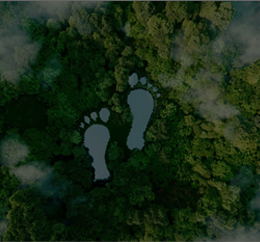How Aseries help organization to meet this compliance:
Stakeholder Engagement Strategy:
- Identify key stakeholders, including investors, customers, employees, and communities.
- Develop strategies to engage with stakeholders effectively, using tools such as surveys, interviews, and consultations to gather relevant feedback.
Materiality Assessment:
- Facilitate a materiality assessment process to identify the most relevant ESG issues for stakeholders and the business.
- Ensure that the ESG data collected reflects the priorities and concerns of stakeholders, especially investors.
ESG Data Management and Reporting:
- Collect, validate, and analyze ESG data to ensure compliance with global reporting standards (GRI, SASB, TCFD, etc.).
- Prepare sustainability reports that are transparent, consistent, and aligned with investor expectations, helping attract sustainable investment.
Public Disclosure and Transparency:
- Assist in ensuring that the ESG performance data is publicly available through channels such as annual reports, websites, or third-party platforms, making it easy for investors and stakeholders to access and analyze the data.
Investor Relations and ESG Communication:
- Develop communication strategies to keep investors and other stakeholders informed about the company’s ESG initiatives, performance, and goals.
- Ensure that sustainability reports clearly convey how the company’s ESG efforts align with global sustainability trends and investor priorities.





.png)






